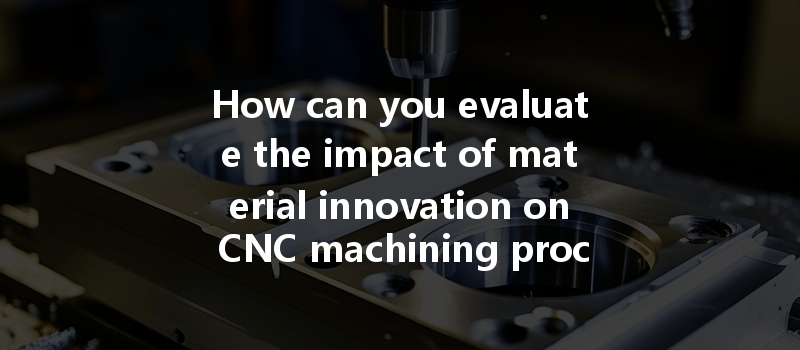Opening:
Did you know that advancements in material sciences have the potential to boost CNC machining productivity by up to 30%? As industries continually seek cost-effective solutions and improved performance, understanding the impact of material innovations on CNC machining processes has never been more crucial. With rapid changes in technology and an increasing array of materials available, manufacturers must assess how these innovations can optimize their operations.
—
CNC (Computer Numerical Control) machining has revolutionized manufacturing by allowing for precision and repeatability in the production of complex parts. However, the choice of materials plays a pivotal role in determining the success of CNC machining processes. From strength and durability to weight and cost, the materials selected can significantly influence the efficiency and effectiveness of production. With the constant developments in material technology, understanding how to evaluate these innovations is key to staying competitive.
In this blog, we will dive deep into strategies for assessing the impact of material innovations on CNC machining processes effectively. We will cover several critical aspects:
—
Before diving into testing and evaluation, it is essential to have a firm grasp of the properties of various materials utilized in CNC machining.
For example, materials like titanium and high-strength alloys offer excellent strength-to-weight ratios, ideal for aeronautics and automotive applications.
Once you understand the properties of the materials at hand, it’s time to evaluate how they perform within CNC machining processes.

Designing a robust testing procedure is essential for assessing new materials.
Today’s industry increasingly relies on sophisticated software tools to evaluate material innovations:
By digitally modeling and analyzing different scenarios, manufacturers can make more informed decisions before investing in new materials.
Collaboration within industry sectors can lead to greater insights into material evaluations.
Consider real-world examples of successful material innovations in CNC machining.
These case studies exemplify how evaluating new materials can directly impact performance, efficiency, and cost-effectiveness in production.
—
Evaluating the impact of material innovations on CNC machining processes is essential for manufacturers aiming to stay ahead in a rapidly evolving landscape. By understanding material properties, conducting comprehensive performance evaluations, leveraging software tools, and engaging in collaborative practices, organizations can effectively assess how these innovations can optimize their operations.
It is imperative to recognize that the success of a machining operation does not solely rest on the machining processes themselves but also significantly hinges on the materials chosen for production. As material science continues to advance, manufacturers must not only keep pace with these developments but actively engage in evaluation strategies to reap the benefits.
In a marketplace that increasingly values performance, sustainability, and cost-effectiveness, the insights garnered from this evaluation process are not merely beneficial—they are crucial for long-term growth and competitiveness. As you consider the materials in your own CNC machining processes, ask yourself: Are you taking full advantage of the innovations available to you? The future of machining may depend on it.






